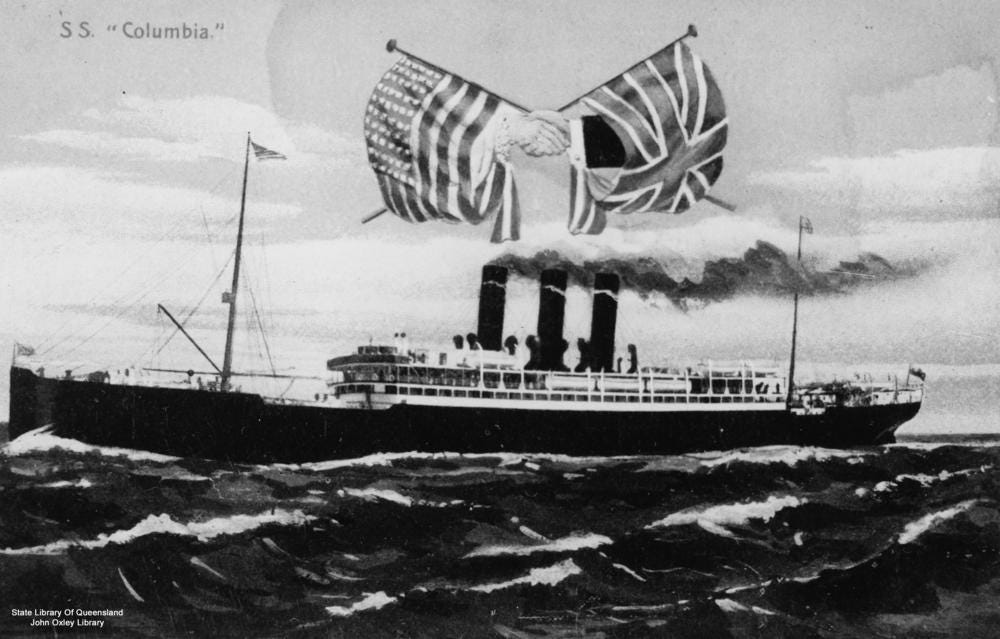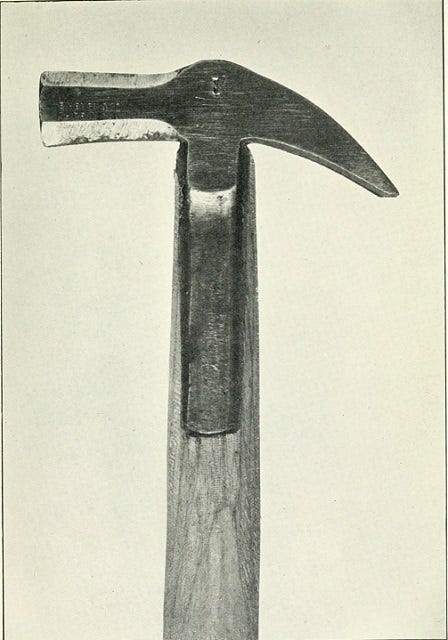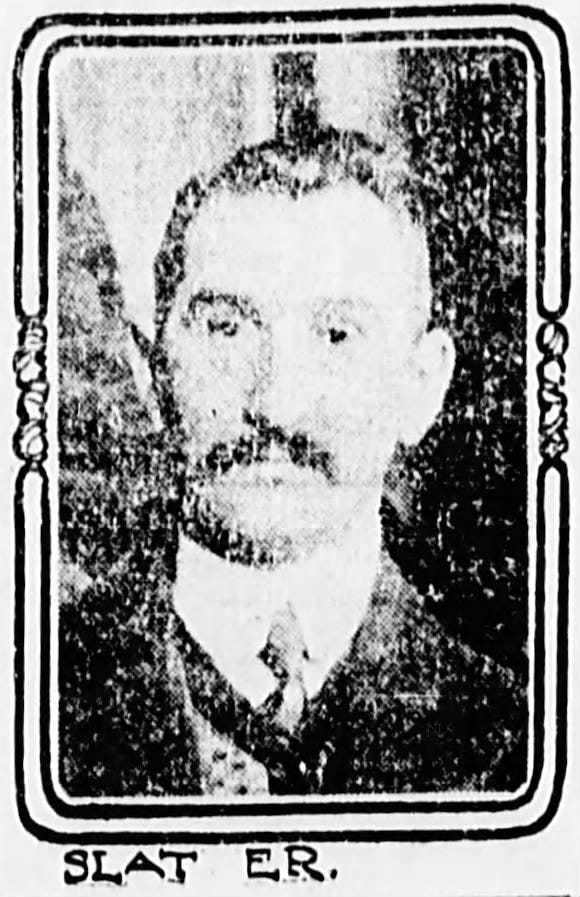A suspected murderer aboard the Lusitania defended by Conan Doyle Pt. 3
Mischief on the ocean liners Pt. 6
Enjoy this week’s video supplement to Char’s post! -SZB
On February 13, 1909, Oscar Slater arrived along with officer William Warnock and detective John Pyper of Glasgow, Scotland, to the pier at New York to sail aboard the steamer Columbia of the Anchor Line. His lawyer saw the group off. Slater was not handcuffed as he had agreed to the extradition voluntarily. He believed his innocence would be proven by the lack of evidence for his involvement in the death of Marion Gilchrist.1

The three witnesses in the case, who had sailed to America aboard the Baltic in January of 1909, had arrived back to Glasgow prior to Slater’s departure, returning home on the Baltic.2 According to news articles, large swarms of crowds arrived to witness both the arrival of the witnesses as well as Slater. Slater’s journey aboard the to America was described in one article:
“On the way across from America Slater was kept confined pretty closely to his quarters, which was a cabin known as the hospital room, situated near the upper deck. He was cheerful, however, so far as his restricted freedom would permit, and is said to have at times afforded amusement to the stewards by certain conjuring tricks as a means of relieving the tedium of the voyage.”3
The trial of Oscar Slater for the charge of murdering Marion Gilchrist began on May 9, 1909. The judge’s name was Honorable Lord Charles John Guthrie and the chief prosecutor was Alexander Ure. The jury was made up of fifteen men. Slater was represented by Alexander McClure. The trial lasted four days and much of the evidence provided was questionable. No link was established between Slater and Gilchrist. No mention was made of the fact that the diamond brooch Slater had pawned did not match the one stolen from Gilchrist, even though the theft of the diamond brooch was the initial reason Slater was accused.
Strong reliance was placed on the testimony of the three witnesses, Arthur Adams, Helen Lambie, and Mary Barrowman. The testimony of both Barrowman and Lambie relied on them being shown the picture of Oscar Slater prior to seeing him in the identification line up. The details of their testimonies changed over time. Arthur Adams continued to decline to definitively identify Slater as the man that he saw in Gilchrist’s flat. Additionally, the prosecution brought in a forensic pathologist named John Glaister, whose testimony claimed that the marks on Gilchrist could have been caused by a hammer that was found in Slater’s belongings, but they failed to include the testimony of a doctor named John Adams who concluded at the crime scene that her injuries were created by use of a chair.

Slater’s defense attorney performed weakly and did not emphasize the fact that the original reason for Slater being accused was later proven false. Evidence that the servant Lambie had told Gilchrist’s niece that she knew the murderer was withheld from the jury. Although there was testimony for the defense that provided an alibi for Slater, during the cross examination, these individuals were shown to have connections with prostitution, which due to the societal norms of the times led to disbelief and shame toward Slater.
Ultimately the jury took a little over an hour to return the verdict of nine guilty votes, one not guilty vote, and five not proven votes.4 Slater was initially sentenced to death but this sentence was commuted due in part to a petition signed by 20,000 doubting the validity of the evidence. Instead Slater was sentenced to life in a labor camp called Peterhead Prison in Aberdeenshire, Scotland.5

In the next and final part of this series, we will discuss Conan Doyle’s involvement on behalf of Slater and his ultimate whereabouts.
“Slater Deported in Custody of British Police,” The Evening World, February 13, 1909, page 13.
https://gutenberg.net.au/ebooks12/1202631h.html
“The Airdrie and Coatbridge Advertiser,” Airdrie, Strathclyde, Scotland, February 27, 1909, page 7.
Fox, M., & Forbes, P. (2018). Conan Doyle for the Defense: The True Story of a Sensational British Murder, a Quest for Justice, and the World's Most Famous Detective Writer. Random House Audio.
https://en.wikipedia.org/wiki/Oscar_Slater






I didn't say this in our conversation, but if the hammer was the murder weapon, wouldn't he have disposed of it at some point during his transatlantic journey? Or is that something I think about now because I've grown up watching Law & Order, CSI, etc. Still, flimsy evidence.